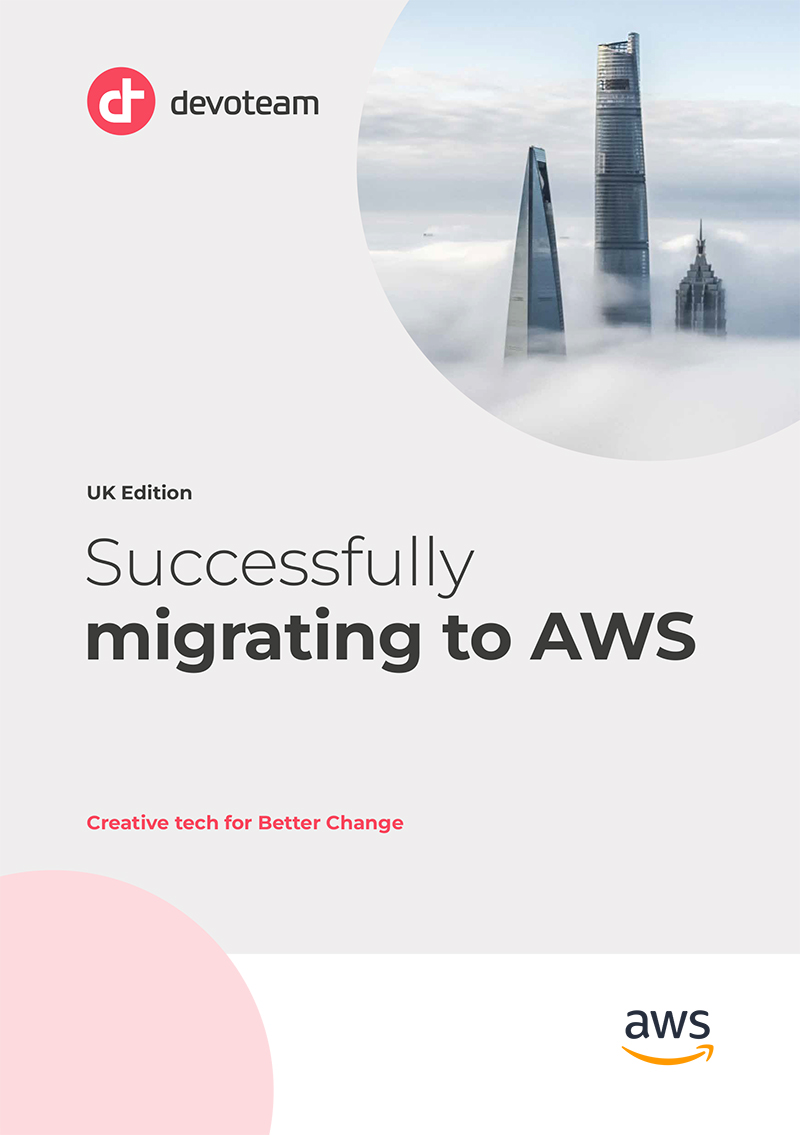A major market player in Mobility as a European Service, after having experimented with the cloud for a few years to deploy new projects, took the decision to empty its two datacentres within 18 months with the following objectives:
- Better time to market and more agility for businesses
- Freeing up resources to be more “customer centric”
- A greater capacity for innovation
- A high level of availability at scale
- Optimising hosting costs
The company’s information system is widely open to the general public and has many links with partners who deliver mobility services. The teams are organised in DevOps factories that have adopted agile methods of integration and continuous deployment through a CI/CD chain provided by the IT4IT entity.
The portfolio of applications to be analysed is made up of approximately 350 applications that rely on approximately 7,500 physical and virtual servers. The service requirements are major, and most of the applications are available 24×7 and absorb very large variations in transaction volumes.
The program is being performed over a period of 18 months: The Mobilise phase lasts 6 months, while migration to scale and decommissioning lasts 12 months. The pilot applications that have been selected are the most critical applications within the IS and cannot be switched over during the Mobilise period.
A major choice was made prior to Mobilise: to use the rebuild approach (redeployment of applications on mainly IaaS infrastructures, EC2, EBS, EFS) which has:
1. The following advantages
- The ability to reuse as much as possible of the customer’s existing deployment tooling
- Minimising the need to develop the skills of the resources associated with migration • Guaranteeing the datacentre closure times
2. The following disadvantages
- Frustrated technophiles who feel they are migrating to the cloud without using the power of the cloud
- Difficulty in guaranteeing a business case
- The need to move quickly to the optimisation phase
250 applications will be migrated over a period of 10 months and 350 applications will be decommissioned: 2 months being reserved for physically decommissioning the datacentre. The program integrates the entire life cycle: migration, decommissioning and right up to the takeover of the equipment by a broker.
An important component of support has been delivered by Devoteam in relation to the skill development of the resources involved, and integrating cloud best practices:
- Skills assessments of the various teams associated with the Mobilise phase
- Defining individualised training plans that include AWS sessions in the catalogue, hands-on sessions to gain a feel for the major concepts, and gamedays to deepen skills by competing with colleagues
- Providing different learning modes with hands-on taken over by internal teams
- Supporting the project with a collective intelligence approach that uses a multiplication of interactions between the members of the project teams so that individual experiences benefit the collective and the adjustments to the program’s operating mode.
In short, here are some figures to clarify the scale of this migration:
- An initial portfolio of 350 applications which resulted in 250 migrations
- 7500 on-premise servers and a target of 4500 EC2 including a significant number of Kubernetes clusters
- 120 internal staff integrated during the Mobilise phase and more than 300 internal staff contributed to the various migrations
- Approximately 40 Delivery Managers in the factories coordinated the migrations
- An AWS / Devoteam A Cloud team of no more than 15 staff
GRTGaz
GRTGaz’s objective was to migrate applications to AWS using managed services as much as possible. Ultimately, the objective is to close their on-premise datacentre.
The expected benefits are:
- Reduced operating costs
- Reduced incidents
- Increased agility
- Faster deployment
GRTGaz Cloud journey
GRTGaz started using the AWS cloud in 2016 and the migration journey began in 2018:
The main challenge has been to migrate without any service disruptions, especially for one of the most critical business applications
These applications have been architected using managed services to make this easier to manage, and deploy in a scalable and secure way
- 50 applications
- 80 servers
- 50 applications have been migrated to the cloud by the end of 2020. This represents approximately 80 production servers
Objectives and challenges:
- Availability and scalability of business applications
- Focus on business values
- Secure through automation
- Use of managed services and automation for all applications
